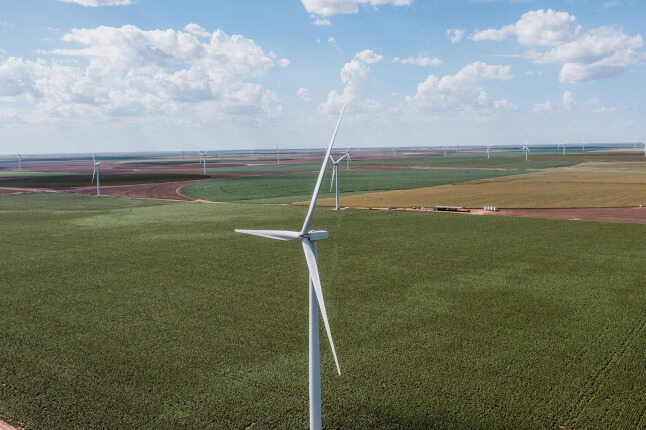News
While current-generation aircraft are not viable for stratospheric solar geoengineering, developing a new airborne tanker for the job would be neither technologically difficult nor prohibitively expensive.
Solar geoengineering — the process of introducing aerosols into the stratosphere to reduce global temperatures — often raises two important questions: could we, and should we?
New research from the Harvard John A. Paulson School of Engineering and Applied Sciences (SEAS) tackles the former. The researchers found that while current-generation aircraft are not viable for stratospheric solar geoengineering, developing a new airborne tanker for the job would be neither technologically difficult nor prohibitively expensive.
“We don’t make any judgment about the desirability of stratospheric aerosol injection. But we do show that a hypothetical deployment program starting 15 years from now, while both highly uncertain and ambitious, would be technically possible from an engineering perspective,” said Gernot Wagner, a research associate at SEAS and Co-Director, Harvard's Solar Geoengineering Research Program. “It would also be remarkably inexpensive, at an average of around $2 to 2.5 billion per year over the first 15 years.”
The research was recently published in Environment Research Letters.
Wagner co-authored the study with Wake Smith, former Chief Executive Officer and President of Pemco World Air Services, a leading global aircraft modification company, and a lecturer at Yale University.
“I became intrigued by the engineering questions around SAI [stratospheric aerosol injection] and the many studies that purport to show that modified existing planes could do the job. It turns out that is not so,” said Smith. “It would indeed take an entirely new plane design to do SAI under reasonable albeit entirely hypothetical parameters. No existing aircraft has the combination of altitude and payload capabilities required.”
Wagner and Smith worked with a number of aerospace engineering companies to explore the design of a new type of plane that could meet both the altitude requirements (about 20 kilometers) and the payload capacities required.
The study lays out the basic specifications for a new type of plane, dubbed the SAI Lofter (SAIL).
SAIL looks similar to a narrow body passenger aircraft but with a stubby, narrow fuselage, to accommodate its payload of molten sulfur, double the wing area to sustain level flight at 20 kms, and four engines instead of two.
The team estimated the total development costs at less than $2 billion for the airframe, and a further $350 million for modifying existing low-bypass engines. Under their modelled scenario, the new planes would comprise a fleet of eight in the first year, rising to a fleet of just under 100 within 15 years. The fleet would fly just over 4,000 missions a year in year one, rising to just over 60,000 per year by year 15.
“Given the potential benefits of halving average projected temperature increases from a particular date onward, these numbers invoke the ‘incredible economics’ of solar geoengineering,” said Wagner. “Dozens of countries could fund such a program, and the required technology is not particularly exotic.”
This scenario also highlights the unlikelihood of such a project operating in secrecy – an oft-invoked fear.
“No global SAI program of the scale and nature discussed here could reasonably expect to maintain secrecy,” said Smith. “Even our hypothesized year one deployment program entails 4,000 flights at unusually high altitudes by airliner-sized aircraft in multiple flight corridors in both hemispheres. This is far too much aviation activity to remain undetected, and once detected, such a program could be deterred.”
Topics: Climate, Geoengineering
Cutting-edge science delivered direct to your inbox.
Join the Harvard SEAS mailing list.
Press Contact
Leah Burrows | 617-496-1351 | lburrows@seas.harvard.edu



